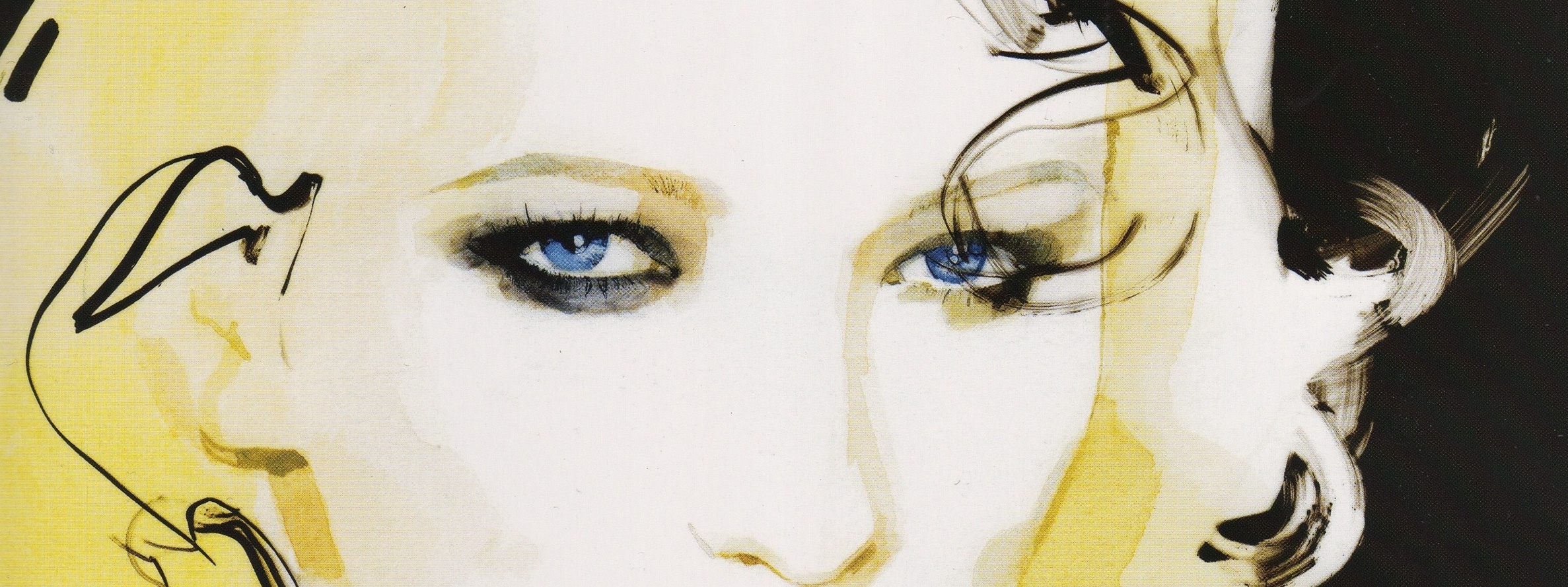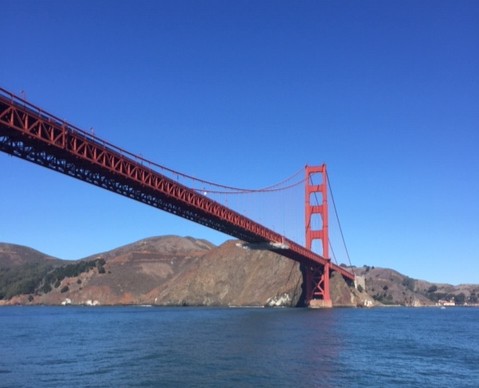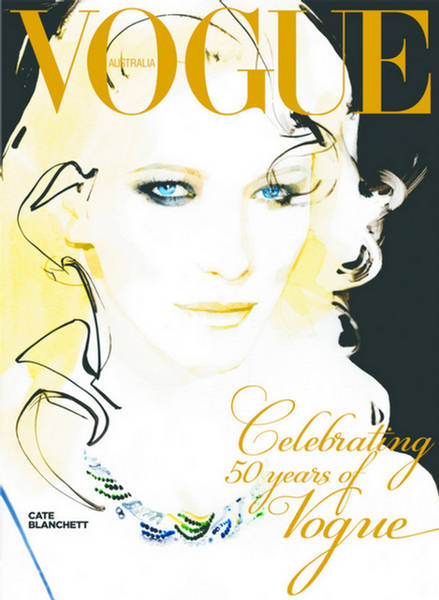
It was an evening that simply glittered. Diamonds sparkled, flashbulbs exploded and Champagne bubbles popped as Australia’s finest came out to celebrate Vogue Australia’s 50th anniversary. Cate Blanchett, in a long red Ossie Clarke dress, chatted to editor-in-chief Kirstie Clements, who wore a black ’40s-style vintage dress, glittering Tiffany diamonds and killer Bally heels.
Kooky Anna Plunkett, of cool kids label Romance is Born, showed off her canary yellow outfit – made with bra cup inserts – to much-loved fashion eccentric Jenny Kee, while Gucci girl Abbey Lee Kershaw stood almost back-to-back with style icon Maggie Tabberer. In a quieter corner, the magazine’s founder Bernard Leser and his wife caught up with old friends and watched the fashionable crowd swirl by.
Despite the savagery of the global financial crisis which may have given pause to those who love luxury, the latest numbers from the Audit Bureau of Circulations show Vogue to be holding up remarkably well in Australia, with sales increasing by three per cent year on year.
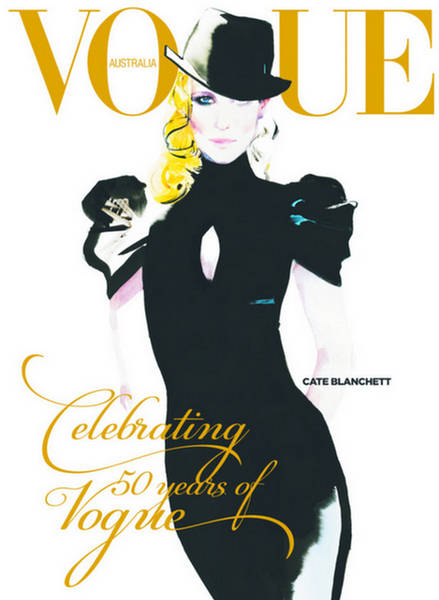
There is something about the power of the Vogue brand says Clements, who has been at the magazine, on and off, for more than 20 years, that inspires loyalty in readers and staff alike
“You either believe in Vogue or you don’t,” she says. “You couldn’t really come to work at Vogue and say I don’t really believe in what it stands for. If you didn’t believe in what it stands for, you actually couldn’t do it. It’s that amorphous philosophy about producing the best.”
It’s been that way since Leser first founded the Australian edition with British editor Rosemary Cooper. “She was very British, she came to the office every day wearing a hat and gloves,” Leser recalls. “But she had a great sense of humour, she was a consummate professional and [had] a wonderful talent for sensing and finding and developing people with potential.”
The magazine’s Australian feel really hit its stride in the late ’70s and early ’80s, according to Nancy Pilcher, fashion editor at the time, and now Vice President, Editorial Development for Conde Nast Asia Pacific. Pilcher credits photographer Patrick Russell, then Vogue’s creative director. “It was his vision to use beautiful young girls and beautiful young boys and blue skies and sand and beach and sun and that’s what everyone in the world thinks about Australia.
“We were able to capture in pictures that which gave the magazine a personality that was Australian. People use to say to me when I’d be in Paris, ‘Oh we just love Australian Vogue, it looks so great, it looks so Australian, it looks just like the place we’d like to be’,” she says. “It’s telling a story about a place.”
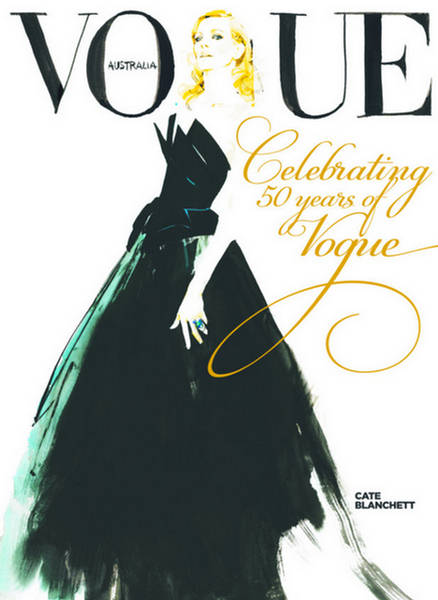
Clements agrees. “In [editor] June McCallum’s era, with Patrick Russell, that’s when they really started to embrace what was worth celebrating about being Aussie and that was that suntanned skin and guys and girls and pools and sexiness and a breezy attitude and a confidence and an outdoorishness that Australia did so well. I think at various times Vogue has been up and down in applying that, but I think that when we do really take that feeling through the pages, that breezy, outdoorsy, sexy, confident, unpretentious Aussie beauty, I know those are the images that resonate most with the readers.”
Images from Russell’s period, or later images of fresh Australian beauties like Sarah O’Hare, Jenny Hayman, Kristy Hinze and Elle Macpherson, are the images that have stuck in readers’ heads, says Clements. “It’s pointless for us and really has no resonance whatsoever for us to go into a studio with couture and imported models. We can’t be Paris Vogue or Italian Vogue and we shouldn’t be. Embracing as much as you can your local market is what gave it its essence.”
It’s a philosophy that still works, Clements says, pointing to three recent top-selling recent issues: November 2008 with Catherine McNeil “sunny and sexy and glamorous”; August 2008 with Nicole Trunfio, “with a big pink flower”; and December 2008, featuring British model Lily Donaldson, “where she looked really fresh and pretty and girlie”. All are distinctly feminine and glamorous.: “You know it when you see it,” she says, when asked what sells, “but you can make mistakes with that as well. It’s pretty easy to see what is going to flop, but it’s very difficult to see what is going to fly. You’ve just got to have a gut reaction. There are certain things that you know are not going to work – if they are too dark, or she’s too menacing, or too thin or too scary or too standoffish, or the shot’s in black and white, but you just got to roll with it and see. Even in this day and age, you can’t push the envelope too much with covers.”
Clements brought the same philosophy to bear for the illustrated 50th anniversary cover: “It tied the past into the present really beautifully,” she says. “Cate is such a great subject for that, and David Downton is so talented and with current season fashion, it was a really brilliant idea.
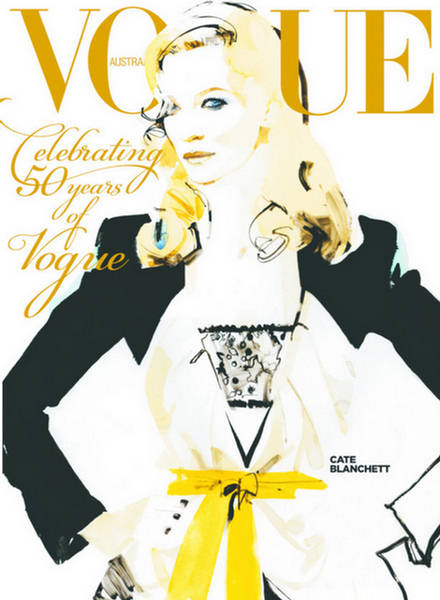
“I thought maybe we’d sell out at the end of our on-sale period, but not so fast that people were trying to chase them down and put them on Ebay. It is heartening. That’s the biggest-selling Vogue in 50 years, so it just shows how energised the brand is and how relevant it is.”
It surpassed the previous record held by the December 2007 issue featuring Princess Mary. That was a project close to Clements’ heart. “That was my personal fixation: how you go to a pub and meet a prince and become the future Queen of Denmark,” she laughs. She pursued Her Royal Highness sending letters and issues and telling her she should be in Vogue. Clements says it was a career highlight: “A year before I had been downstairs looking up at the palace, thinking ‘oh, I want that story’, and a year later I was in the palace with Mary looking down at where I had been, and I got a real chills moment that we’d pulled it off.”
If superb pictures are the face of Vogue, she says, “the words are the soul of the magazine … It’s alright to have pretty pictures, but there has got to be some voice that guides you through it.”
“You either believe in
Vogue
or you don’t”
“A big trap that a fashion magazine can fall into is being pretentious, and the words are the things that balance some of fashion’s more ridiculous moments. The words can actually pull it into a more realistic place, because if it was all just fantastical fashion and things like ‘why don’t you…’ and ‘woo-hoo’, I don’t think your reader will go on your journey with you because I think she is going to think you are a bit of a ditz, and the words have to bring it back down to earth.” Clements knows when she gets it right. “Every time I get readers letters, they are about the stories.”
She sees the future of Vogue as truly multimedia. “It’s about remaining true to what the masthead is, and then extending it out into making Vogue.com.au reach the gigantic potential that it has.” Podcasting, Vogue TV and other forms of new media are likely. “I think that they have to have different content but they can all coexist happily,” she says. “You can’t think of Vogue magazine anymore, it has to be Vogue the brand.”
Published in The Walkley magazine November 2009
